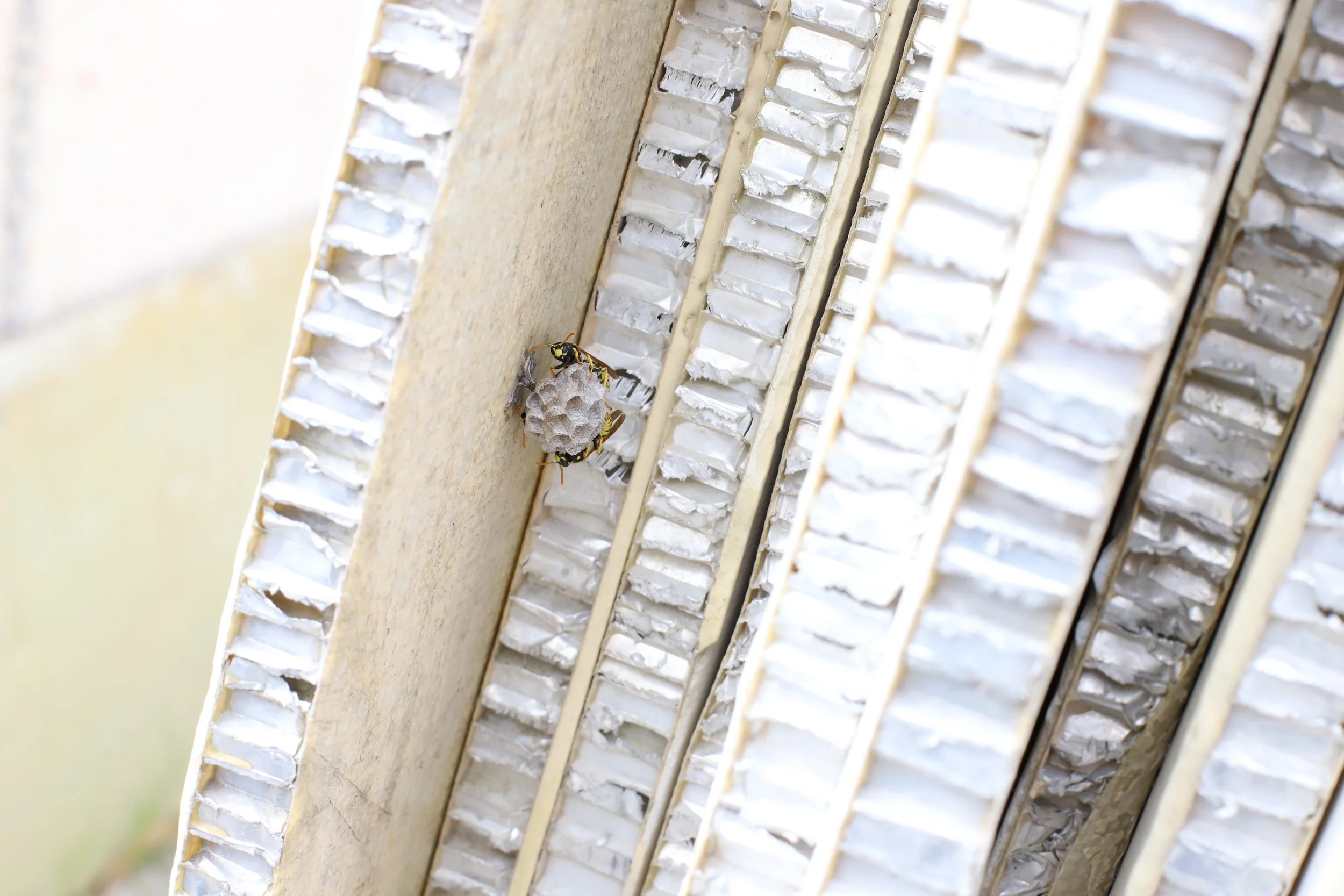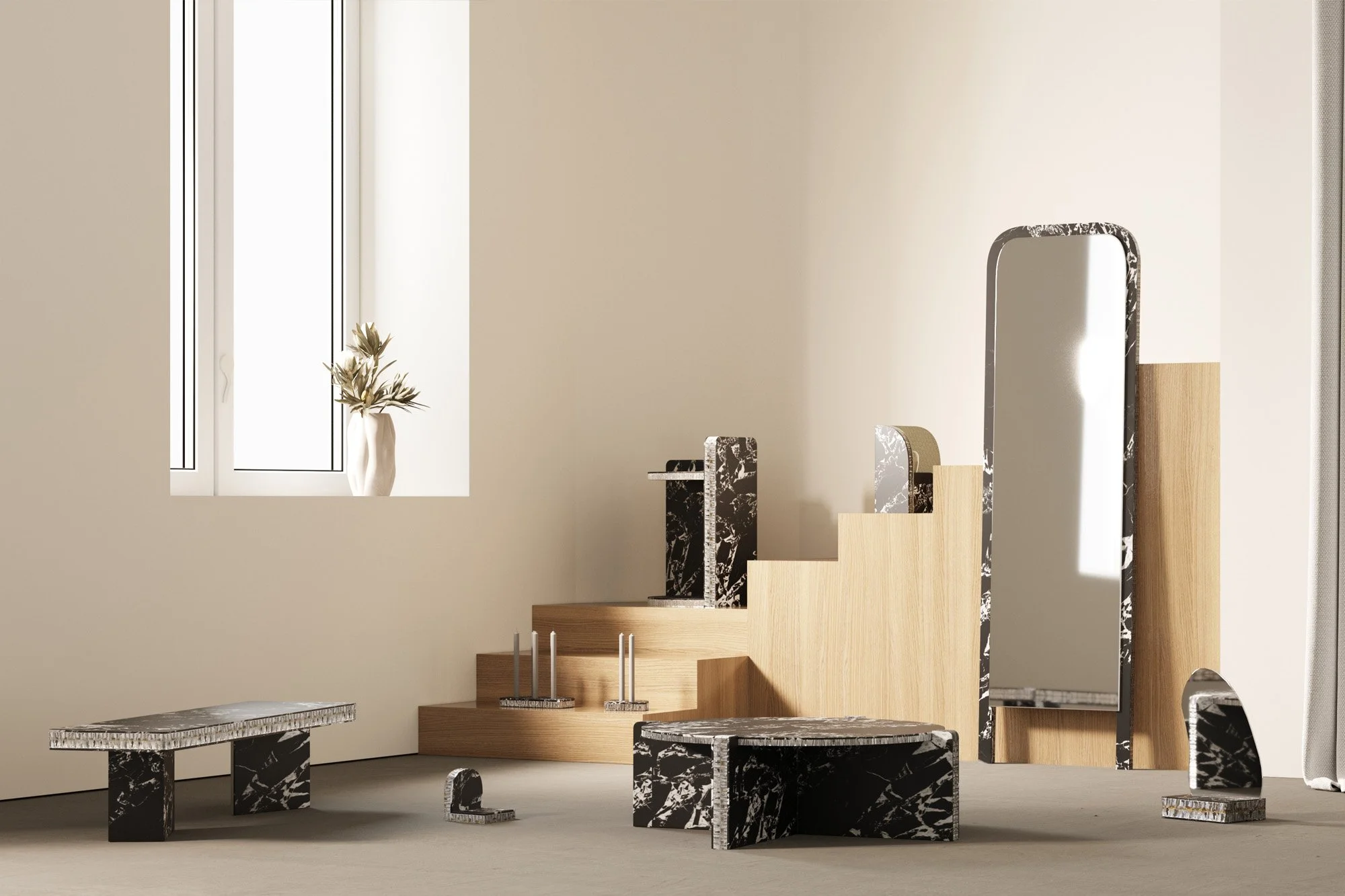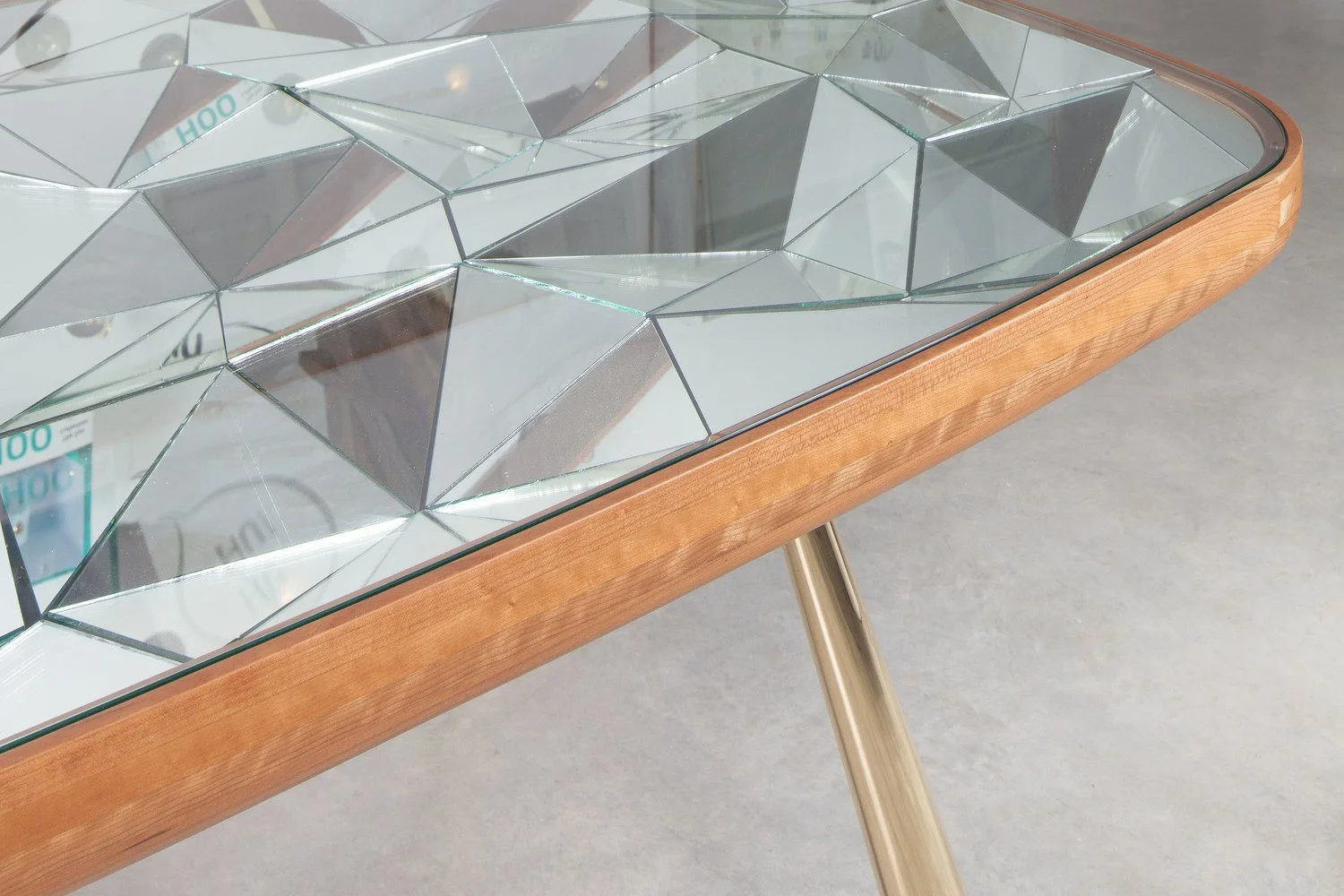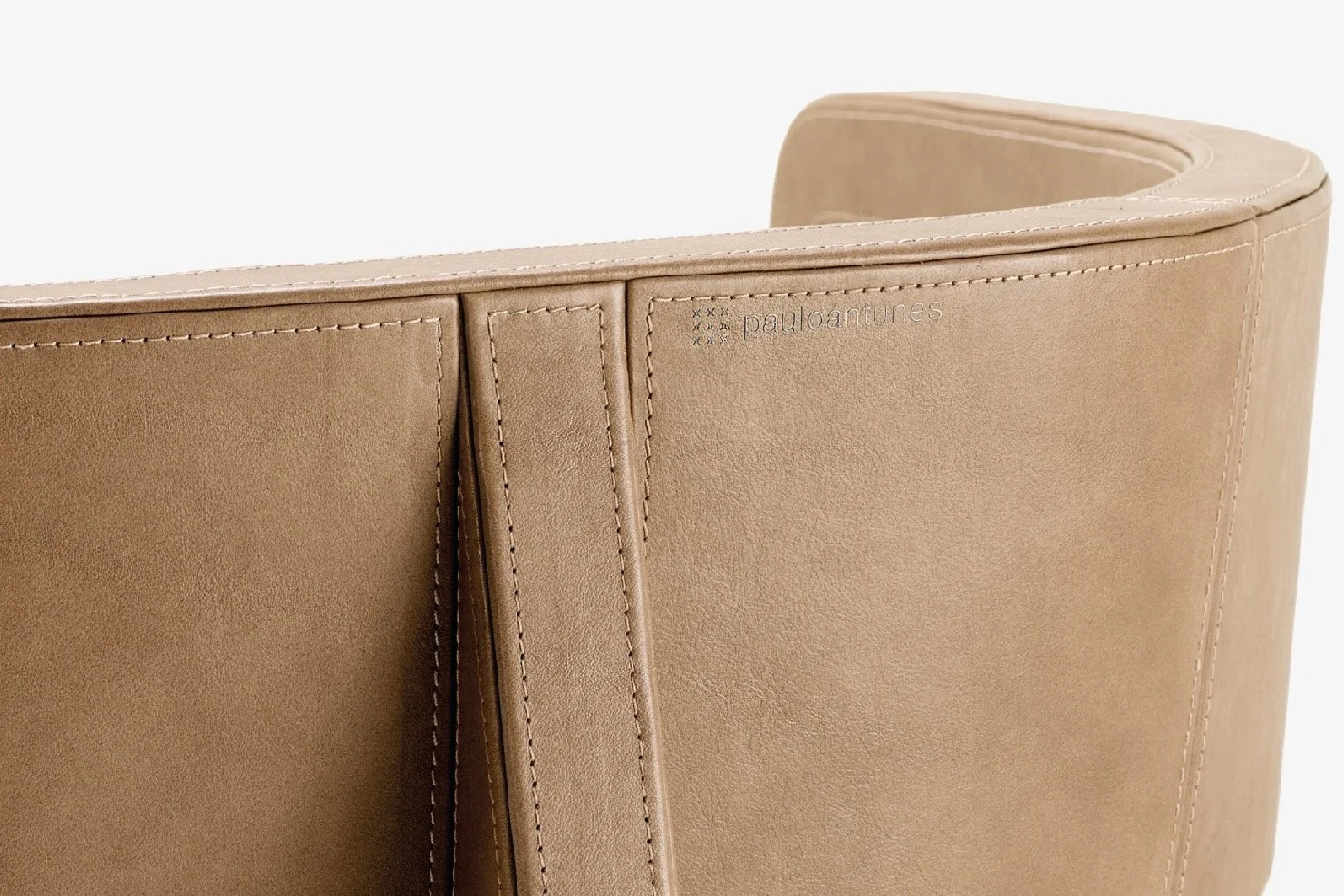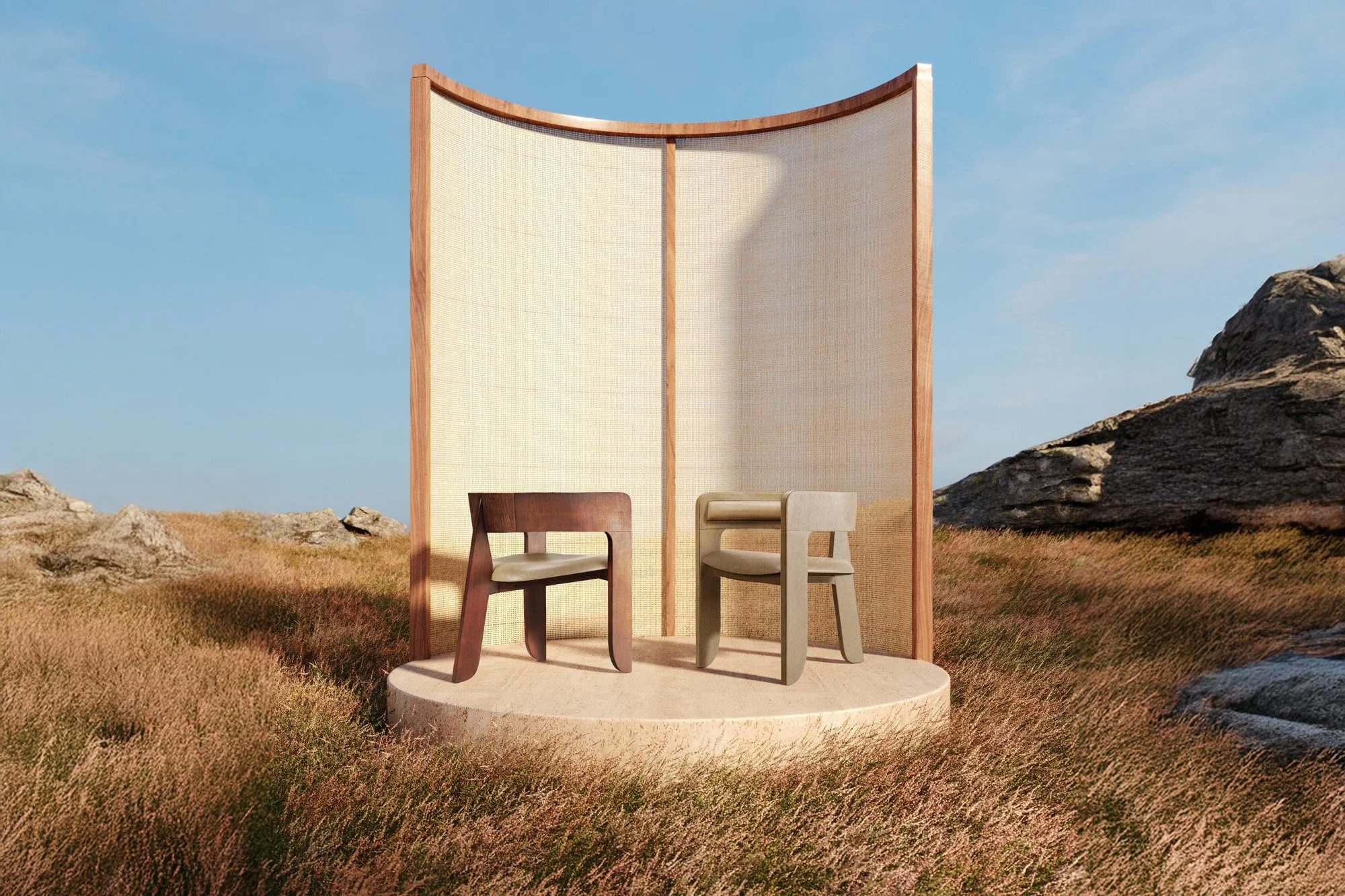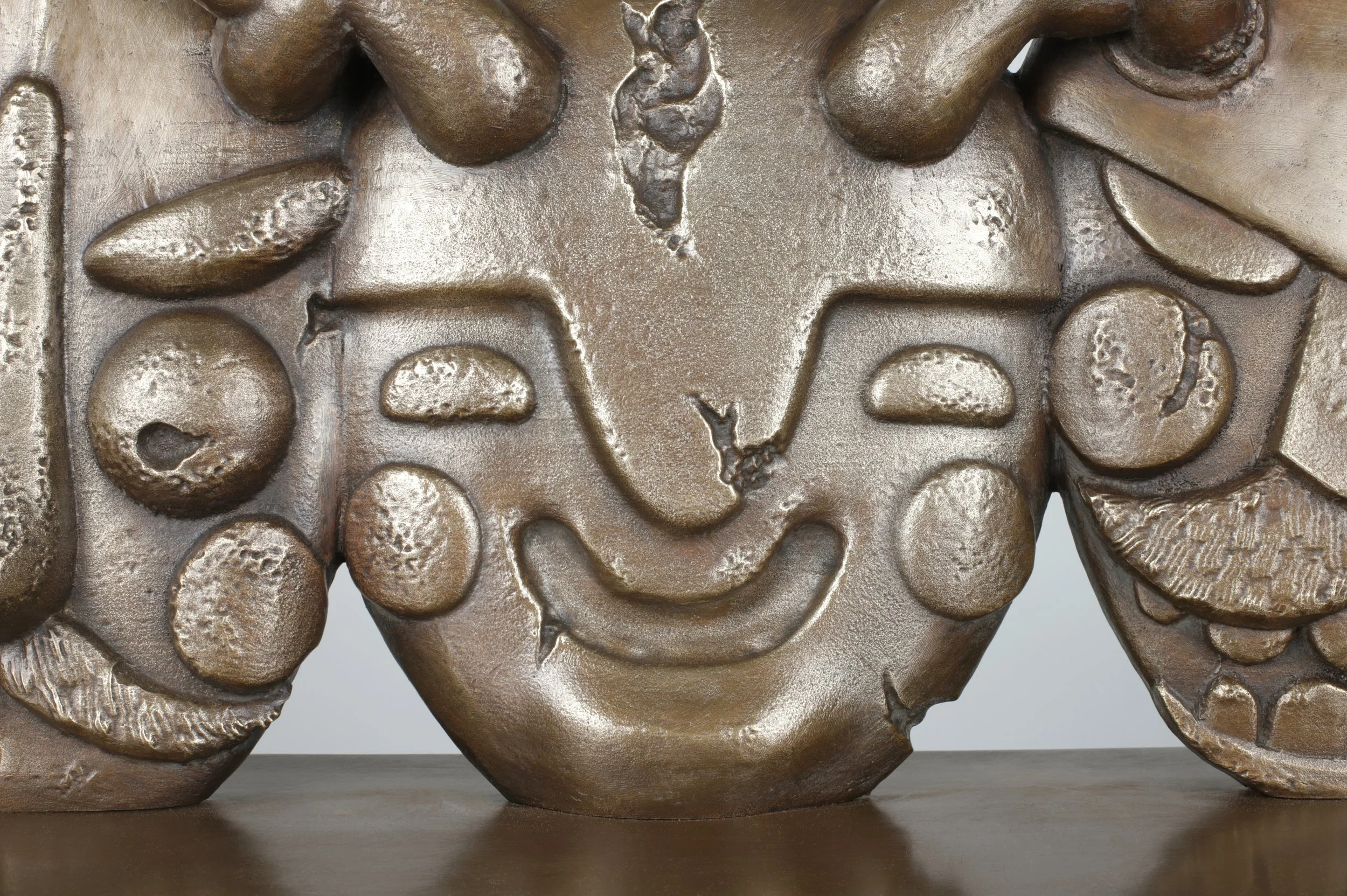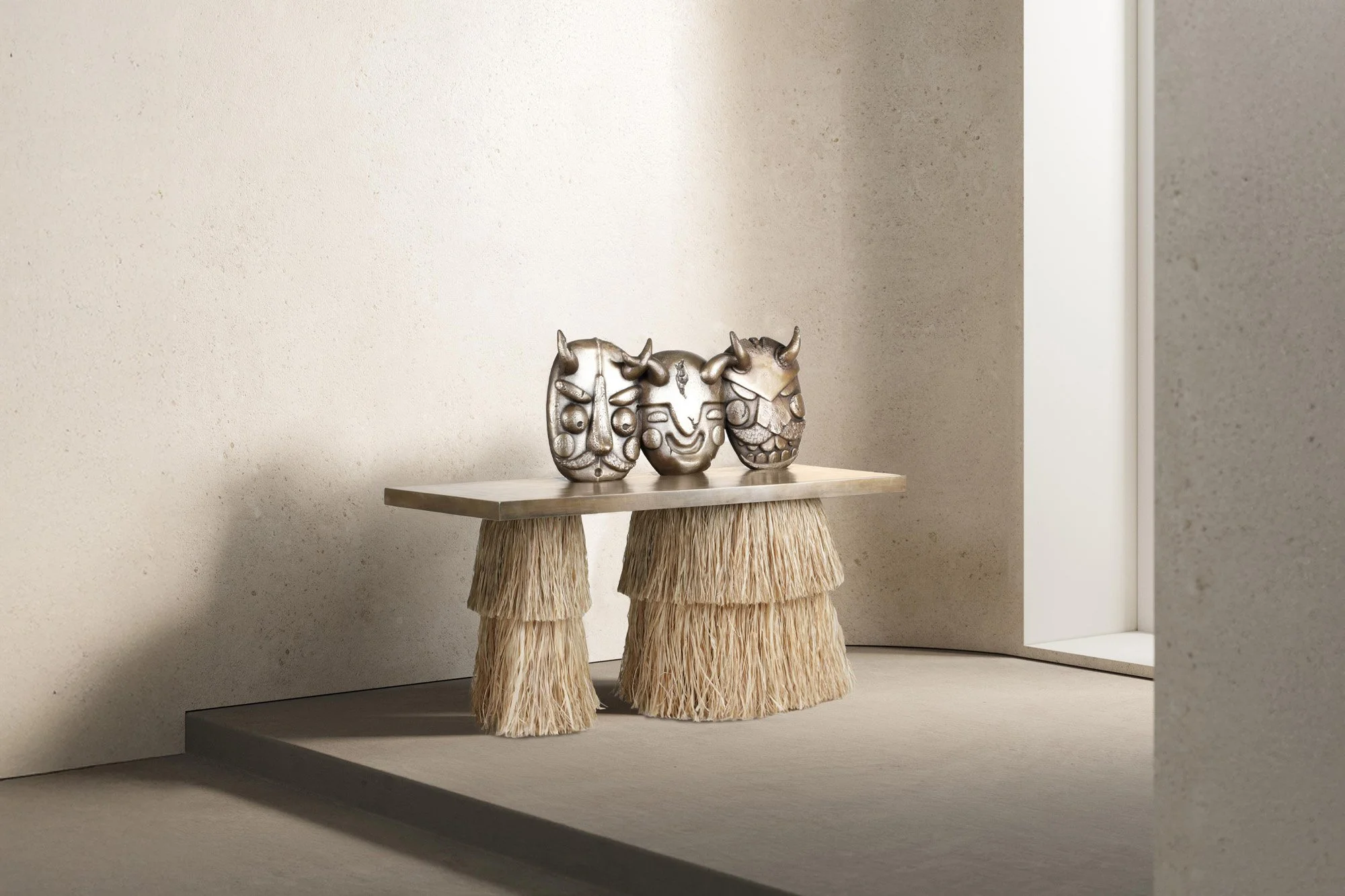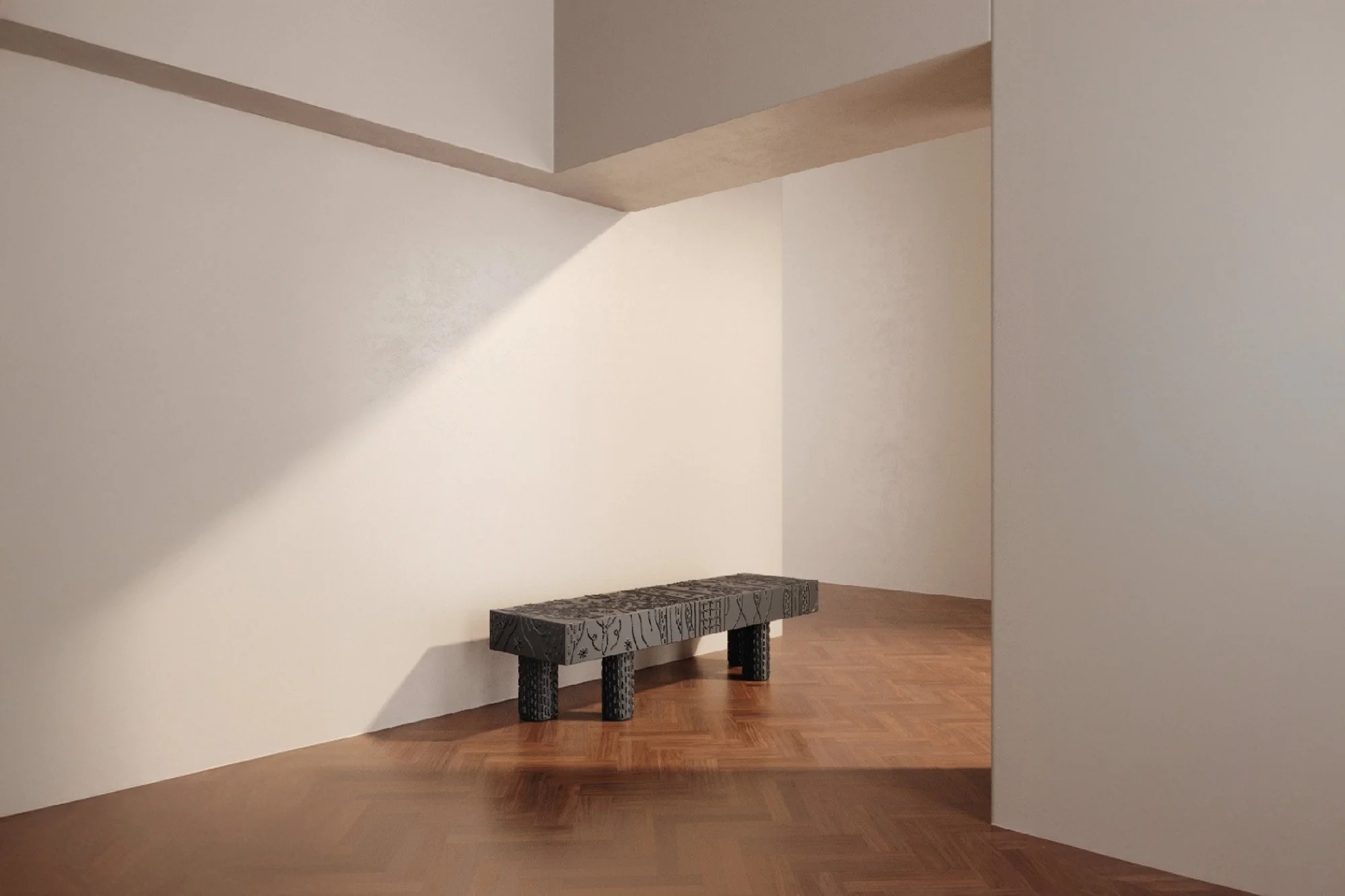Arts and Crafts 2.0 - Makers Manifesto
A movement that redefines the role of the maker for a new generation. Where tradition meets innovation, and every object tells a story.
Why?
In an age of automation and mass production, the role of the maker is more vital than ever. Arts & Crafts 2.0 is not nostalgia. It’s a new approach to creating, combining the values of the past with the tools of the future.
The original Arts & Crafts movement, led by William Morris, was a response to industrialization, a call to reclaim craftsmanship, quality, and beauty in a world of mass production. Today, we face a new challenge: digitalization, automation, and disposable culture. Arts & Crafts 2.0 is not about returning to the past but about redefining making for the future. It’s a movement where technology serves creativity, where craft embraces innovation, and where the human touch remains at the heart of design.
The 7 Principles
01 Heritaction
(Heritage + Action) Heritaction is a way for everyday objects to carry the values, skills, and aesthetics of their time. The past is not a museum, it’s a place for reinvention. True craftsmanship isn’t about nostalgia but about pushing tradition forward, evolving past techniques into new possibilities. Honoring the past by looking to the future.
Internal case study: Solo Exhibition at Museu de Olaria | Tesouros de Barro - Treasure Clay | 2018
Created for the Museu da Olaria in Barcelos, this project honors regional artisans by merging two traditional ceramic techniques that were rarely combined. Working with master potter João Lourenço, the studio created a collection that bridges past and present—elevating ancestral craft through a contemporary lens. Heritaction means not preserving heritage in amber, but activating it through design.
02 - MateREALity
(Material + Reality) Materials tell stories. Every choice, whether wood, metal, textile, or even digital matter, carries history, context, and limitations. Some materials are sustainable, others are fading from use, and some are waiting to be discovered in new ways. A true maker listens to materials, letting them guide the process rather than forcing them into rigid forms.
Internal Case Study: Honey Collection for Gir Gir Collective | 2023
This project explores material honesty by working with marble honeycomb panels normally used in construction. Instead of hiding imperfections, the studio exposed the raw, “unwanted” areas—turning industrial waste into unique furniture pieces. MateREALity is about listening to the material, letting its flaws become features.
03 Fun-ctionality
(Fun + Functionality) Objects should do more than just serve a purpose, they should inspire joy, curiosity, and interaction. The Arts & Crafts movement believed that everyday items should be both useful and beautiful, but in today’s world, why stop there? Playfulness and emotion are equally important. When an object invites interaction beyond its function, it transforms from a tool into an experience.
Internal Case Study : Kaleidoscope Table - Personal Collection | 2015
Inspired by childhood toys and the social act of gathering around the table, this interactive piece invites users to play while dining. With mirrored elements and transformable forms, it turns a functional object into a moment of joy and connection. In our studio, Fun-ctionality means making objects that work but also make you feel something too.
04 Un-Commodify
(Undo + Commodify) Reclaiming objects from mass production, restoring meaning, value, and uniqueness to what we make. Objects are more than products. In a world where everything is for sale, craftsmanship is an act of resistance, bringing back meaning, soul, and connection to what we create. Un-commodify making by rejecting soulless mass production and embracing intentional creation. When an object carries the mark of the maker, it holds a deeper value, one that goes beyond price and profit.
Internal Case Study: Jean Chair for Paulo Antunes | 2022
Inspired by Jean Prouvé, this chair exists in two versions: one industrial, one artisanal. Both stem from the same design, but one is raw, the other handcrafted with leather and detail. This duality challenges the idea of mass production as the only path. Un-Commodify stands for reintroducing value, care, and authorship into design.
05 Craftivism
(Craft + Activism) Using craft as a tool for ethical change, fighting waste, exploitation, and cultural loss through making. To create is to take a stance. In a world driven by fast production and hyper-consumption, every handmade object is an act of resistance. Whether through ethical sourcing, sustainability, or reclaiming lost techniques, makers today have the power to shape a more thoughtful and intentional world. Craft isn’t just about making, it’s about making a statement.
Internal Case Study: Plugin A - Experimental Workshop - 2023
Using traditional clay techniques as a starting point, this project questions what influences a maker’s process comparing humans to softwares. By sculpting under different stages of inebriation, the studio explored the human "plugins" that affect creation. Craftivism here becomes a reflection on authorship, error, and the body as a tool—raising questions through material.
06 Hands-Ondustry
(Hands-On + Industry) Technology and craft aren’t enemies, they’re collaborators. While Morris rejected mass production, he embraced the right tools when they enhanced craftsmanship. Today, makers have access to digital fabrication, AI, and CNC technology, but the challenge remains the same: How do we use these tools without losing the soul of making? The key is balance, letting machines assist but not replace the human touch.
Internal Case Study: Lazarim Bronze Bench - Personal collection | 2024
Digitally sculpted and cast in bronze, this bench blurs the boundary between hand and machine. Inspired by the masked figures of the Lazarim carnival, it celebrates cultural heritage through digital tools, while relying on traditional foundry techniques. Hands-On(dustry) is the meeting point of code and craft, where the soul of making is preserved.
07 Makervolution
(Maker + Revolution) The future of craft isn’t just about survival, it’s about transformation. Arts & Crafts 2.0 isn’t a return to the past, but a movement toward a better future. In an age where the meaning of objects is constantly shifting, makers have the power to redefine how we create, consume, and connect with what we own. The maker revolution is happening, it’s up to us to shape it.
Internal Case Study: Soldita Bench - Personal collection | 2020
Soldita breaks the preconceived idea that some materials are limited to be used for a single purpose and that beauty can only be found in perfection. Soldita makes us think about welding not just as a technique that unites structures but also as a creative vehicle that turns mundane objects into something special by creating perfectly imperfect pieces.
Arts and Crafts 2.0 starts here.
Are you a maker? Do you believe in the future of craft? Join the conversation.




